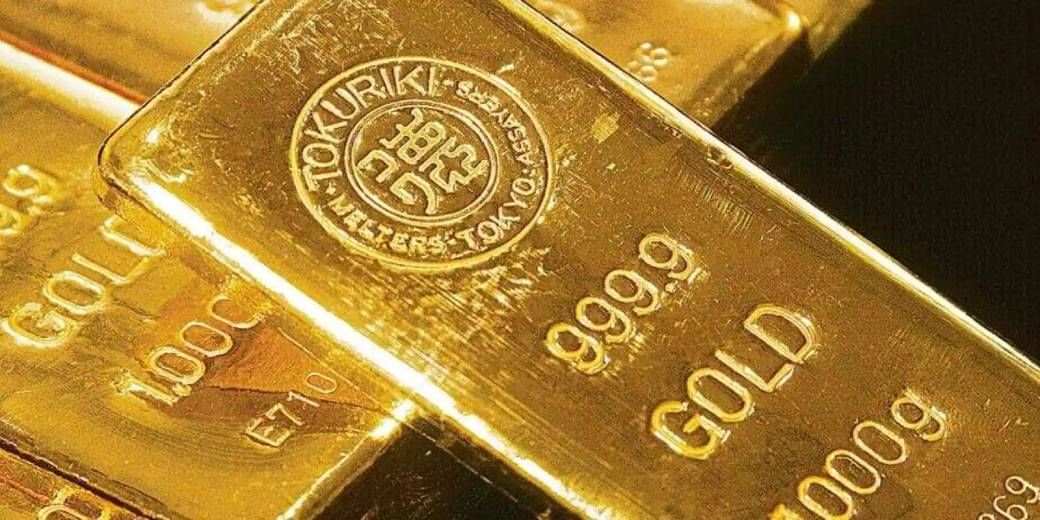SGB returns outperform all other investments
Like mutual funds, these bonds are denominated in units. On selling them, instead of gold, the bonds are redeemed in cash according to their current value.
- Devendra Sharma
- Last Updated : May 19, 2023, 08:20 IST

If you have invested in the Sovereign Gold Bond (SGB) Scheme, then returns from all other investments fall by the wayside. People who had invested in these bonds five years ago have more than doubled their money. The bonds are issued by the Reserve Bank of India (RBI). Like mutual funds, these bonds are denominated in units. On selling them, instead of gold, the bonds are redeemed in cash according to their current value. The minimum cash investment that is required is equivalent to the value of one gram of gold. The gold bond scheme has a tenure of eight years. However, one can exit the scheme after five years. Investors who had bought gold bonds in May 2018 have been offered an exit option before completion of tenure.
What was the value of return?
When RBI had launched the installment of gold bonds in May 2018, the price of gold was set at Rs. 2,901 per gram. In order to redeem this bond, the price of gold has now been set at Rs. 6,115 per gram. Investors who have redeemed their bonds have received a return of 110 percent. Apart from this, investors also receive interest at the rate of 2.5% per annum, which is paid half-yearly. According to the RBI, the redemption value of the gold bond is based on the average value of gold during the week before the date of withdrawal.
How much better is it than FD?
As per RBI calculations, people who had invested Rs 1 lakh in Sovereign Gold Bonds five years ago, have increased their investment by Rs 1.10 lakh. If one calculates the interest of 2.5% per annum on a compound basis, it would yield a total of more than Rs 13,000 in 5 years. Hence, in five years, an investment of Rs 1 lakh has yielded a return of Rs. 1.23 lacs. In other words, gold bonds have yielded a return of 123 percent in 5 years. If one had invested Rs.1 lakh in an FD with SBI five years ago, its maturity value today would be Rs. 1.38 lakh. The prevailing rate of interest offered by the bank at the time was 6.5%. As such, an FD would have yielded a return of 38 percent in five years. Hence, gold bonds have yielded a return of more than three times as compared with FD.
Stock market return The SGBs also outeperform the stock markets by a wide margin. An investment of Rs 1 lakh in Nifty in 2018 would be wirth Rs 1.7 lakh today. That is return of 70% over five years.
How is tax calculated? No tax is levied on the profit earned on premature exit from the gold bond scheme. Since the bonds are redeemed from the government, no tax is to be paid. If one sells the bonds at the exchange, the return received within three years of the date of purchase will be considered to be short term capital gains. This return will be added to the annual income of the investor and tax will be levied according to the relevant tax slab. If the gold bond is sold after three years of its date of purchase, it will be liable for a 20 percent long term capital gains tax. The interest earned on gold bonds is added to the annual income of the investor.
In SGB, the investor receives interest at the rate of 2.5% per annum, every year on a 6-monthly basis. The investor has to pay tax on this income according to his tax slab. The interest accrued on an FD is added to the annual income of the investor. If one falls in the upper tax slab, one’s annual return falls to 4%
How much should be invested
Personal finance expert, Jitendra Solanki says that gold is a good option for safe investment. One should invest 10-15 percent of one’s portfolio in gold. For this, gold bonds and gold ETF are good options and investment in them can be on a 50-50 percent basis. Either way, one’s portfolio must include gold bonds.
Download Money9 App for the latest updates on Personal Finance.
Related
- Tata Motors की वैश्विक थोक बिक्री चौथी तिमाही में 3% घटकर 366177 इकाई
- सुरक्षा मानदंडों को पूरा करने की बढ़ती लागत की वजह से दाम बढ़ा रही हैं कार कंपनियां
- ओला इलेक्ट्रिक ने S1 Zen3 स्कूटर की आपूर्ति शुरू की
- बासमती चावल पर GI टैग पाने के लिए भिड़े भारत- पाकिस्तान, क्यों खास है यूरोपियन यूनियन की ये मुहर
- आ गया नया इनकम टैक्स बिल, जानें अब ओल्ड और न्यू रिजीम में कहां-कहां बचेगा पैसा
- BlackRock भारत में देगी 1200 लोगों को नौकरी, AI एक्सपर्ट के लिए जल्द शुरू होगी हायरिंग

